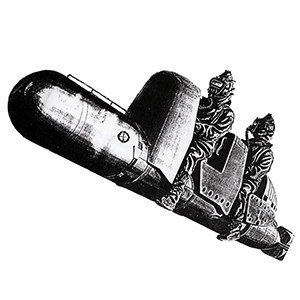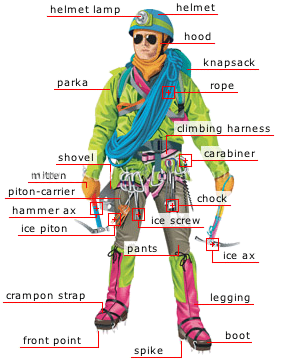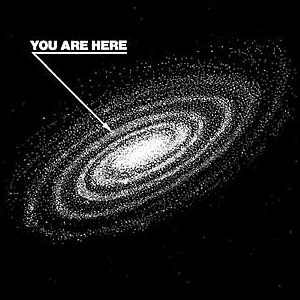Human torpedoes or manned torpedoes are a type of rideable submarine used as secret naval weapons in World War II. The basic design is still in use today for recreational sport diving. The name is most commonly used to refer to the weapons that Italy, and later Britain, deployed in the Mediterranean and used to attack ships in enemy harbors.
The first human torpedo (the Italian Maiale) was electrically propelled, with two crewmen in diving suits riding astride. They steered the torpedo at slow speed to the enemy ship. The detachable warhead was then used as a limpet mine. They then rode the torpedo away. In operation, the Maiale torpedo was carried by another vessel (usually a normal submarine), and launched near the target. Most manned torpedo operations were at night and during the new moon to cut down the risk of being seen.
Human Torpedo
Dead Cat Bounce
Dead cat bounce is a Wall Street term that refers to a small, brief recovery in the price of a declining stock. The term is derived from the expression: ‘Even a dead cat will bounce if it falls from a great height.’ The earliest record of the phrase dates from a 1985 Financial Times article describing the Singaporean and Malaysian stock markets bounce after a hard fall during the recession of that year. A similar expression has an older history in Cantonese and this may be the origin of the term.
Friendly Floatees
Friendly Floatees are plastic bath toys marketed by The First Years, Inc. and made famous by the work of Curtis Ebbesmeyer, an oceanographer who models ocean currents on the basis of flotsam movements including those of a consignment of Friendly Floatees washed into the Pacific Ocean in 1992. The toys themselves have become collector’s items, fetching prices as high as $1,000.
EURion Constellation
The EURion constellation is a pattern of symbols found on a number of banknote designs worldwide since about 1996. It is added to help software detect the presence of a banknote in a digital image. Such software can then block the user from reproducing banknotes to prevent counterfeiting using color photocopiers. The system is employed on Euros, U.S., dollars, Japanese Yen, and British pounds sterling.
The name ‘EURion constellation’ was coined by German computer scientist, Markus Kuhn, who uncovered the pattern in early 2002 while experimenting with a Xerox photocopier that refused to reproduce banknotes. Technical details regarding the EURion constellation are kept secret by its inventors and users. A patent application suggests that the pattern and detection algorithm were designed at OMRON Corporation, a Japanese electronics company.
Narco Sub
A narco submarine (also called a Bigfoot submarine) is a type of custom-made ocean-going self-propelled semi-submersible (SPSS) vessel built by drug traffickers to smuggle drugs. They are especially known to be used by Colombian drug cartel members to export cocaine from Colombia to Mexico, which is often then transported overland to the United States. First detected in 1993, they are popularly called submarines, though typically they are semi-submersibles since they cannot dive; most of the craft is submerged with little more than the cockpit and the exhaust gas pipes above the water.
However, in 2010 Ecuadorian authorities seized a fully functional, completely submersible submarine in the jungles bordering Ecuador and Colombia. This diesel electric submarine had a cylindrical fiberglass hull of 31 meters (102 ft) long, a 3 meter conning tower with periscope, and air conditioning. The vessel had the capacity for about 10 metric tons of cargo, a crew of five or six people, the ability to fully submerge down to 65 feet (20 m), and capable of long-range underwater operation.
Explorers Grand Slam
The Explorers Grand Slam is a challenge to reach the North Pole, the South Pole and all of the Seven Summits (the highest mountains of each of the seven continents). Only a dozen people have completed the Explorers Grand Slam. British mountaineer, David Hempleman-Adams became the first to complete this challenge in 1998. In 2005, Park Young Seok of South Korea completed a ‘true Adventurers Grand Slam,’ which additionally includes ascending all 14 peaks above 8,000 meters.
Young-Seok holds the world’s second fastest time (behind Jerzy Kukuczka of Poland) for ascending the 14 Eight-thousanders, the Guinness World Record for climbing six of the 8,000-meter Himalayan peaks within one year, and another record for reaching the South Pole on foot in 44 days, self-sufficient and without any food re-supplies.
Parkinson’s Law of Triviality
Parkinson’s Law of Triviality (also known by the expression ‘color of the bike shed’) is British author, C. Northcote Parkinson’s 1957 argument that organizations give disproportionate weight to trivial issues. Parkinson compares a committee’s deliberations on a nuclear power plant to deliberation on a bicycle shed:
A nuclear reactor is so vastly expensive and complicated that an average person cannot understand it, so they assume that those working on it understand it; even those with strong opinions often withhold them for fear of being shown to be insufficiently informed. On the other hand, everyone understands a bicycle shed (or thinks he or she does), so building one can result in endless discussions because everyone involved wants to add his or her touch and show that they have contributed.
Two Cs in a K
Two Cunts in a Kitchen, or sometimes, less graphically Two Cs in a K, is slang used within the advertising industry for a type of television commercial. Generally, the commercial shows two women in a domestic scene, discussing, using, or otherwise portraying the advertiser’s product in a positive manner.
Mediocrity Principle
The mediocrity principle is the notion that there is nothing special about humans or the Earth. In a broader context, the mediocrity principle states that: life on Earth depends on just a few basic molecules; the elements that make up these molecules are (to a greater or lesser extent) common to all stars, and the laws of science we know apply to the entire universe (and there is no reason to assume that they do not). Thus, given sufficient time – life must have originated elsewhere in the cosmos.
Schrödinger’s Cat
Schrödinger’s [shroh-ding-ers] cat is a thought experiment in quantum physics, usually described as a paradox, devised by Austrian physicist Erwin Schrödinger in 1935. In the experiment, a cat is placed in a room that is separated from the outside world; a small amount of a radioactive element is in the room.
Within some time, say one hour, one of the atoms of the radioactive material may decay (because the material unstable), or it may not. If the material breaks down, it will release poisonous gas, which will kill the cat. The question now is: at the end of the hour, is the cat alive or dead?
read more »











